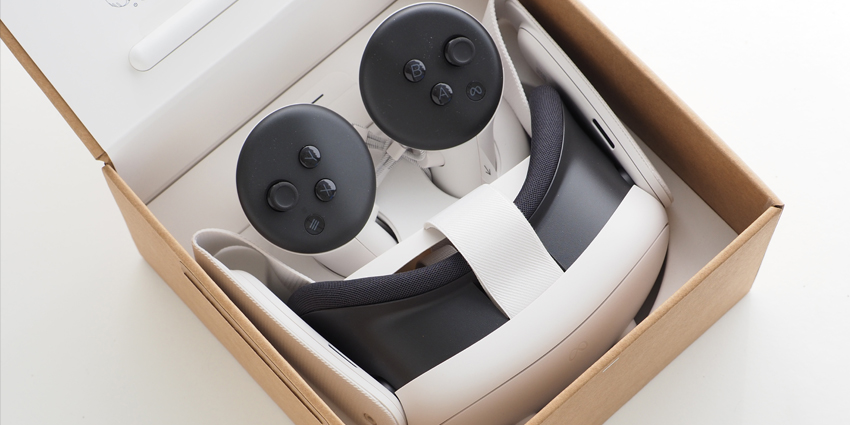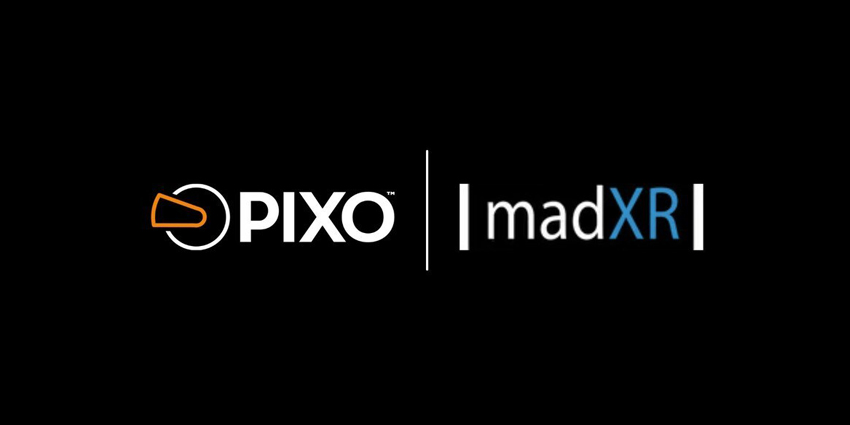As the Metaverse begins to take shape, the industry needs the contributions of virtual reality (VR) content creators. These creative workforces will populate the Metaverse with new and exciting experiences, ranging from gameplay and e-commerce to learning and collaboration.
Now, Meta Platforms Inc., formerly known as Facebook, has launched a solution that will make it easier for creators to develop VR, inside VR.
Meta Horizon Worlds is the company’s latest social VR product, where VR creators, enthusiasts, and users can come together to collaborate and participate in shared experiences as well as join a growing virtual community.
What Is Meta Horizon Worlds and How Does it Work?
Meta’s Horizon Worlds is a social VR application that allows users to explore virtual worlds in an interactive and immersive manner, engaging in both content consumption and creation.
In addition to navigable VR spaces, it has ready-to-use VR building components like code blocks, sounds, and animation effects to help content creators.
Facebook first launched Horizons in August 2020 as an invite-only beta platform for virtual explorers. The premise was the same: users could leverage a set of pre-built creation tools to develop the experiences they want in VR.
Since then, the Horizon suite of apps has expanded to encompass other platforms such as Horizon Venues for concertgoers and Horizon Workrooms for collaboration. Horizon’s original premise to provide a VR platform to create virtual experiences is now carried on by Horizon Worlds.
In addition to being a creator platform, Horizon Worlds is also a shared space for multiplayer gaming, where users can play games created by others.
Meta Horizon Worlds works through the following key functionalities:
- Code blocks – Code blocks are a collection of ready-to-use code snippets and scripts that allow you to define automated events in VR. For example, users can trigger an event to take place when a user first enters a VR world.
- Gizmos – Gizmos are pre-built object and avatar properties that users can associate with the different elements of a VR world. Players have a Spawn Point gizmo to control where they first land or ‘spawn,’ a Text gizmo to superimpose text on VR objects, a Portal gizmo to define spots where players can teleport, and much more.
- Sounds – Meta Horizon Worlds includes three types of pre-built sound effects – event-specific effects, background sounds, and music. Creators can define specific properties to customize the sound experience such as the pitch and the distance at which a sound will be heard.
- VR physics – Physics effects in Meta Horizon Worlds allows users to create objects that behave like real-world items. These features let you define gravity, object density, bounciness, friction, the ability to grab objects, and other such naturalized interactions. You can also select materials with physics properties like hardwood, ice, and others.
- Animation effects – Using the tools in Meta Horizon Worlds, you can make an object move around and record the movement as a custom animation. The animation effects can be slowed down, accelerated, and controlled in other ways.
Together, these features allow users to create new immersive realities in VR.
Who Is a Creator in Meta Horizon Worlds?
Inside Meta Horizon Worlds, a creator is any user who uses the platform’s tools to develop original content. Regular users can navigate worlds as it is, while creators can discover more functionalities using Build Mode.
Creators are essentially VR world designers with a degree of technical skills, and will also own the intellectual property rights to the content they create.
Horizon Worlds may also use the content to improve and provide its services, which is how Meta aims to respect and protect creator rights.
To become a creator, open Horizon Worlds using a Quest Headset and click on the three-line menu icon. Click on “Create” and select “Templates” and then “New project.”
The platform will automatically load an empty world users can customize with the five tools. Keep in mind that the worlds will remain unpublished, as a draft, until the creator chooses to publish it.
Collaborating in Meta Horizon Worlds
Meta Horizon Worlds allows people to create VR spaces together with coworkers and friends. When creating a world, simply add a collaborator to an unpublished draft. Collaborators will have the same rights and privileges as the original creator, but will be unable to add or remove new collaborators.
If at any point of time you delete your Facebook account, the worlds you have created will persist and will be transferred to a collaborator.
This feature makes Meta Horizon Worlds a powerful tool for remote work and collaborative product or game design. Using the software’s built-in tools, teams can create highly customized workspaces where everyone can meet, change their surroundings, discuss work, and visualize ideas using the shapes, animations, and sound effects available.
Users can also duplicate spaces created on Worlds, meaning companies may create multiple versions of a conference room, learning space, and so on, to accommodate various needs.
When Can You Use Meta Horizon Worlds?
Meta Horizon Worlds was in beta for nearly one and a half years and was finally publicly launched in the United States and Canada in December of 2021. It can be accessed by users 18 years of age or above.
The Menlo Park-based firm has also announced a set of new mechanics and templates to get started, and the platform is set to release only on the Meta Quest 2 headset.
Furthermore, the company also launched a $10 million USD Creator Fund to support designers and developers working on projects in Meta Horizon Worlds, and has also supplied Horizon Worlds with its own code of conduct and safety policies.
Meta has additionally designed features like one-click access for personal Safe Zones and other features to boost privacy and safety for users in the Metaverse, and over time, the US tech giant will continue to upgrade its features and policies to provide users and creators with engaging experiences.







